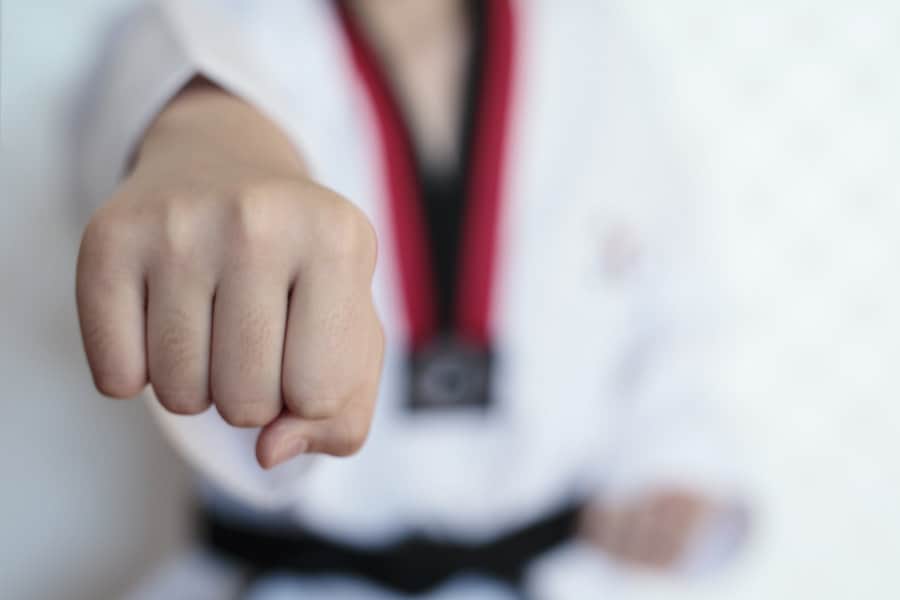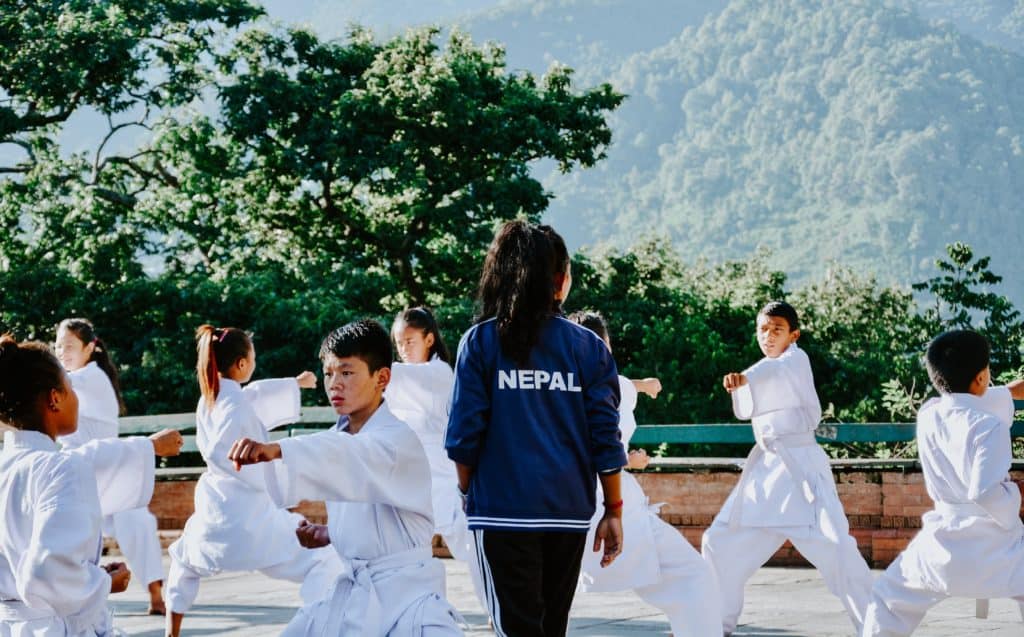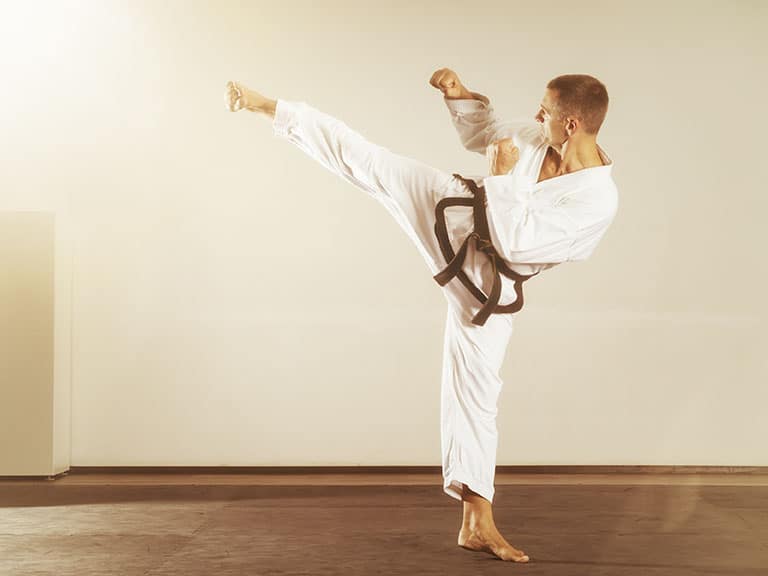
In TaeKwonDo forms are called Poomsae and the practice and development of Poomsae skills is the soul of Taekwondo practice.
If you are considering to start training in TaeKwonDo or perhaps you have already have started taking TaeKwondo Classes, you will begin to learn a series of what are called Taegeuks or a set of Poomsaes that will incorporate the following:
- Technique
- Knowledge
- Attitude
- Focus
- Posture
- Timing
- Power
- Breathing
This may seem alot, a first, to take in and to consider when practicing or performing a Poomsae but it all serves a vital function that put all together can take your training and your proficiency in TaeKwonDo forms to another level.
What is a Poomsae?
Poomsae, which is a series of attack and defense forms, are used heavily in Taekwondo rank testing and a skilled instructor can discern the knowledge, skill level, strength, and focus of an student just by watching them perform a set of these forms which are called Taegeuk.
Poomsae Technique
The Poomsae is made up of Taekwondo techniques of blocking, striking and kicking. Without the understanding and development of basic skills, Poomsae cannot be performed properly.
Blocking motions should start and stop where they will be effective. Striking techniques should begin at the hip and use the appropriate follow-through. Balance, control and proper foot positions should be used with kicking skills.
Knowledge of the Poomsae
It is important to learn as much as possible about the particular form. The student should know the pattern, stances and techniques in as much detail as possible.
Some of the motions in Poomse can appear to be very “abstract” and the practitioner must train hard to understand the motion. Knowing the history, Chinese character pattern and Palgwe idea inspires the student in practice and adds enrichment to the experience
Attitude When Learning Poomsae
To practice Taekwondo for any extended time takes perseverance and patience. These attributes are consciously developed in the course of training, and they comprise an important step in understanding the art.
Always foster a strong and determined attitude when Poomsae training. Giving complete attention to a task will create the proper mental idea to display in Taekwondo.
Eye Focus and Precision in Poomsae Training
Since the Poomsae is a “simulated combat” practitioners must look where their imaginary opponent is located. Imagining an opponent will develop the precision of the attack and defense techniques.
Middle punches should strike the imaginary opponent’s chest, high blocks should redirect high punches, and high kicks should hit the opponent’s face.
Where the practitioner places these attack and defense techniques depends on their ability to “see” the attacks and openings. This is the first step in the formation of precise and effective techniques.
Posture and Balance For Poomsae

Posture and balance are really about controlling the center of gravity. Proper posture, from a good stance, enables a practitioner to use maximum force. Balance allows us to control that force and to continue with the next technique quickly and efficiently.
Timing in Poomsae
Timing deals with the rhythm of the Poomsae. One should perform the Poomsae so that each motion is completed fully and then move on to the next without hesitation. This does not imply doing the actions in a rapid fashion but rather performing each motion properly.
Power in Poomsae Training
The display of power is based on using tension and relaxation in body movements. In the preparatory stage, relaxation is used. This helps to give speed to the technique.
Once the technique has been delivered as it approaches its action, tension is applied. Learning when and how to use these two elements is one of the most important lessons of Poomse practice.
Breathing and Kihop For Poomsae

Breathing is crucial to the development of Taekwondo skills. One should inhale during the preparatory motion and exhale on the delivery of the technique.
The Kihop or spirit shout, encompasses the idea that the exhalation is the strongest moment of the action. The Kihop should come from the diaphragm and not the nose or throat.
Final Thoughts on Poomsae Training
Training for your belts tests and in particular the forms part takes years of dedication and practice. Because not only do you need to be able to demonstrate the steps in the forms but you must also show control and at least an advanced mastery of the kinds of moves your throwing.
This is different then someone being able to do say 300 push ups or run 5 miles in order to get into better physical shape as it won’t take at least 3 years to do this.
I think it shows real persistence and willingness to do what it takes to the perform techniques correctly, especially when demonstrating the more complex or advanced forms, and be able to show that consistently, especially during testing time when the eyes of your teacher and others are watching your every move.
To be able to consistently show solid, strong technique really shows the instructors that you understand what your doing and how to effectively use your different kicks, stances, and punches.

